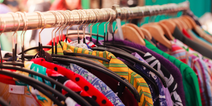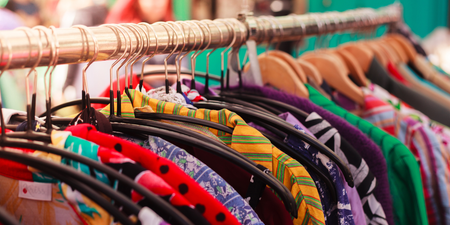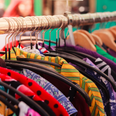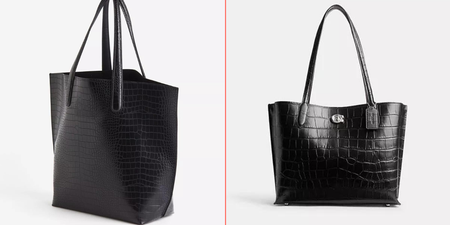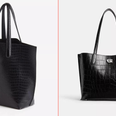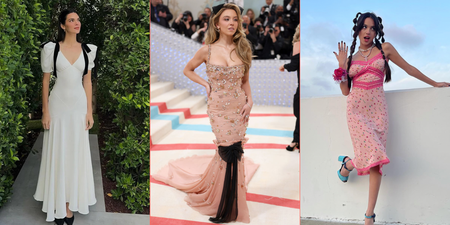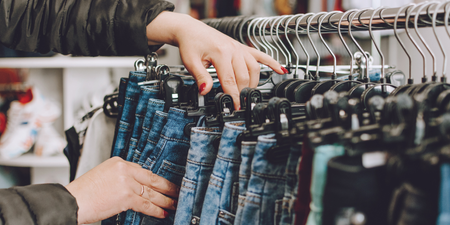It seems like every brand has a sustainable range now
The word has become the latest selling point that has us all going “ah sure look I can get that, it’s better for the environment”.
There’s no doubt that some fashion houses have good intentions, but could we still be falling victim to some greenwashing? Is it just another way to sell us something that we don’t need under the guise of it being better for the environment?
That’s not to say that every company presenting as “sustainable” is lying, but it is worth noting the arguments against the idea of sustainable fashion and how reaching for such a categorisation might do more harm than good.
What is greenwashing?

Most of you reading this will have heard this phrase being thrown around. I’ve even used it in this article already but what does it really mean?
According to Greenpeace: “This [greenwashing] is when companies make themselves look eco-friendly to the public but continue polluting the environment behind the scenes.”
“Big fashion labels promise recycled materials, take back systems and recycling schemes. But due to the ever-increasing volumes of fashion being produced, these promises are impossible for companies to keep.”
One recent screening from the European Commission found that sustainability claims in the textile, garment and shoe sector could be 39% false or deceptive.
How does the industry impact the environment?

Fast fashion has a significant environmental impact, we all know this, but just how big is it?
Well, according to the UN Environment Programme (UNEP), the industry is the second-biggest consumer of water and is responsible for about 10% of global carbon emissions – more than all international flights and maritime shipping combined.
It dries up water sources and pollutes rivers and streams, while 85% of all textiles go to dumps each year.
Even washing clothes releases 500,000 tons of microfibres into the ocean each year, the equivalent of 50 billion plastic bottles.
The Quantis International 2018 report found that the three main drivers of the industry’s global pollution impacts are dyeing and finishing (36%), yarn preparation (28%) and fibre production (15%).
Why is it so hard to be sustainable?
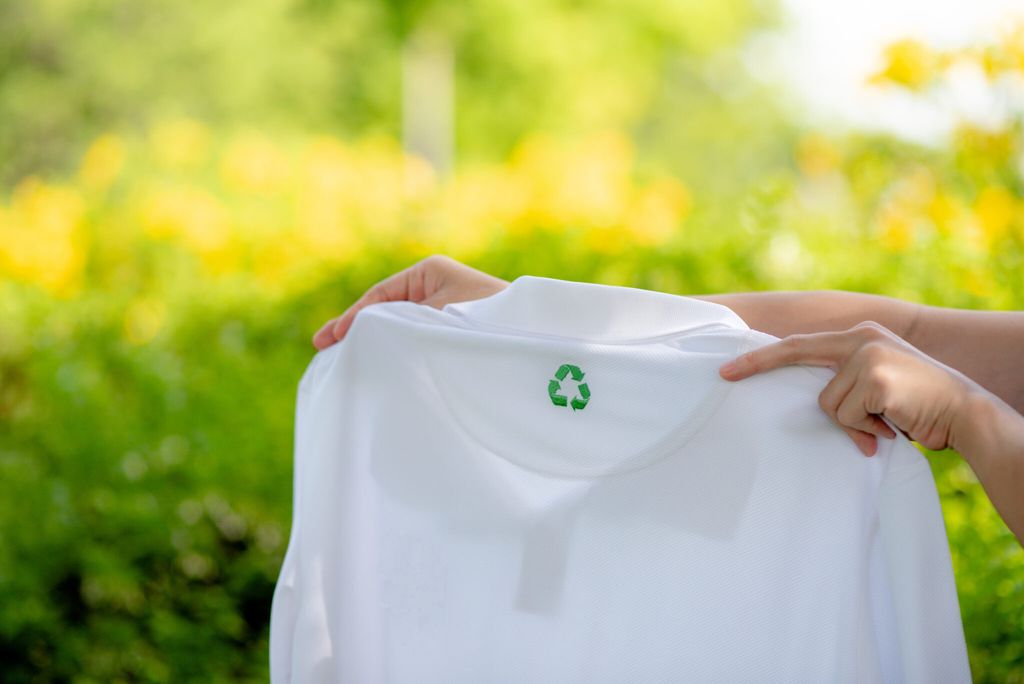
According to an article published in the Harvard Business Review, the real point lies in the fact the industry is built on the idea of growth.
More trends happen, demand for a product increases and just as fast as it got popular, it’s dropped and we’re on to the next big thing.
Though brands are trying to take steps to mitigate the effects that come with this cycle in many cases they’re just not having their intended effect.
Recycling, for example, “is oversold” and “does little to limit environmental damage while exacerbating inequality,” the publication noted.
Even actions taken by operations to reduce carbon emissions have failed to have an impact due to the scale of their pollution and aren’t regulated by any external parties.
A 2023 analysis from Stand.earth that ranked 43 “of the most influential fashion companies on their efforts to phase out fossil fuels,” 51% received an overall grade within the D range, while six companies received Fs.
No company received an A, and just one — H&M — got a B-. This is all despite previous climate commitments from many of the brands ranked.
READ MORE:
- The dark side of ‘Hot Girl Summer’ – warning signs and tips to prioritise well-being
- Are you at risk of burnout? Key signs to look out for and how to prevent it
- ‘Hopecore’ may be saving you from doom-scrolling without you realising it
- ‘Being away from family and friends is the biggest heartache’ – The reality of moving to Australia

